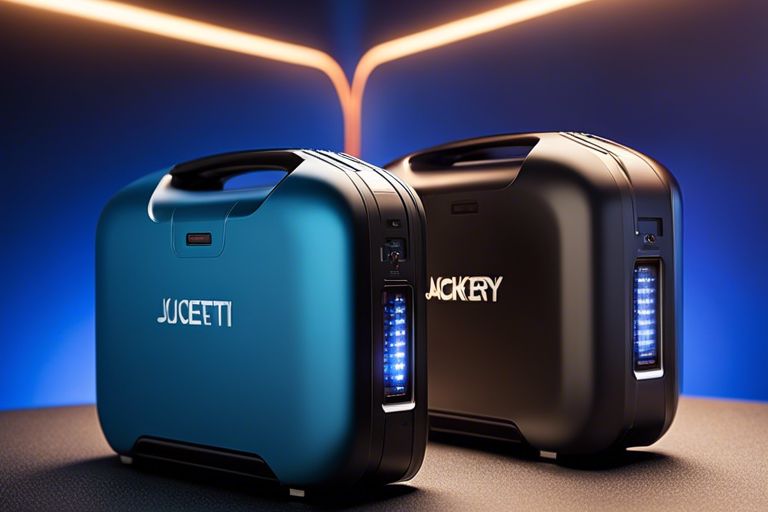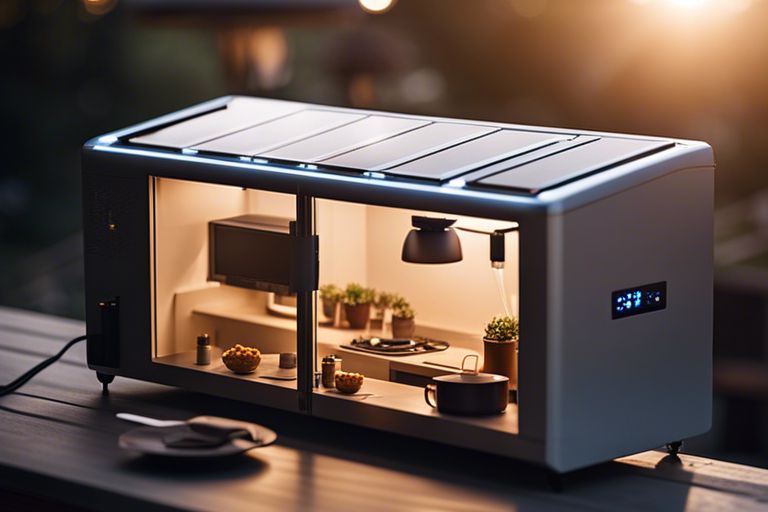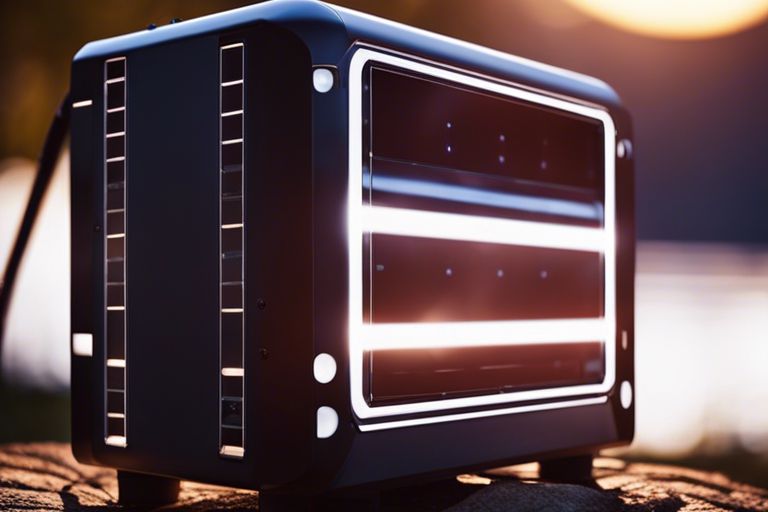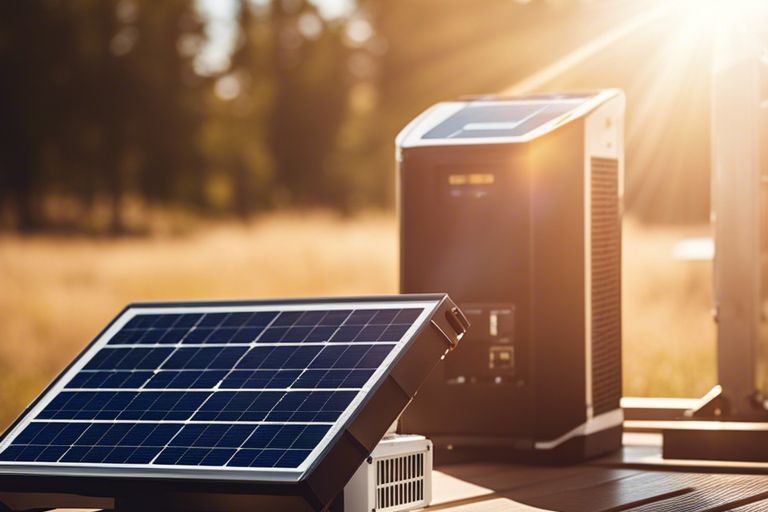Is Bluetti better than Jackery
With all the options out there, choosing the right portable power station can feel like a daunting task. You might be wondering if Bluetti is better than Jackery, and let’s
Energy for A Greener Future
Solar generator

With all the options out there, choosing the right portable power station can feel like a daunting task. You might be wondering if Bluetti is better than Jackery, and let’s

Overwhelmed by the idea of powering your importants during an outage? Not to worry, with a 3000 watt solar generator, you can keep running importants smoothly. Let’s break it down:

Generators harness the power of sunlight to generate electricity, but do solar generators work at night? The answer is straightforward: solar generators depend on sunlight to produce electricity, so when

Over curious how long your Jackery 1500 can power your full-size refrigerator? You’re not alone. Regarding keeping your perishables fresh during power outages or on outdoor adventures, having the right

Many are intrigued by the concept of solar generators, but do you know if you can overcharge them? Let’s investigate into the science behind solar generators and explore the possibility